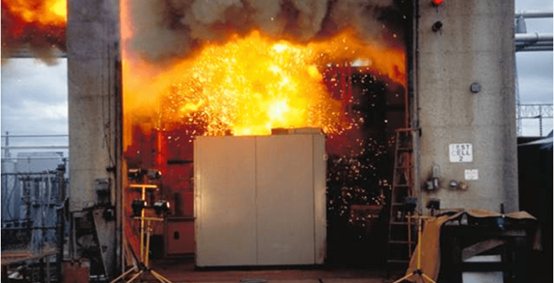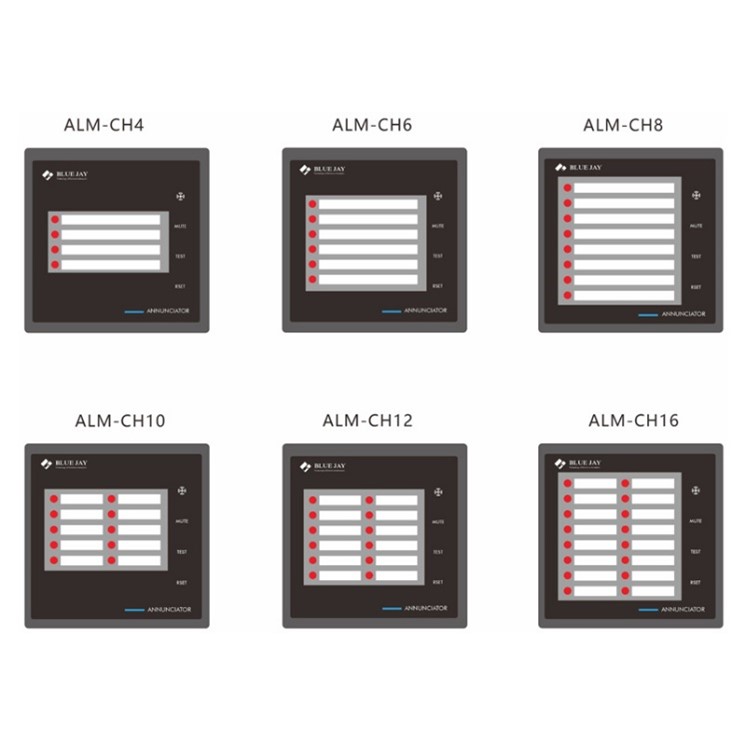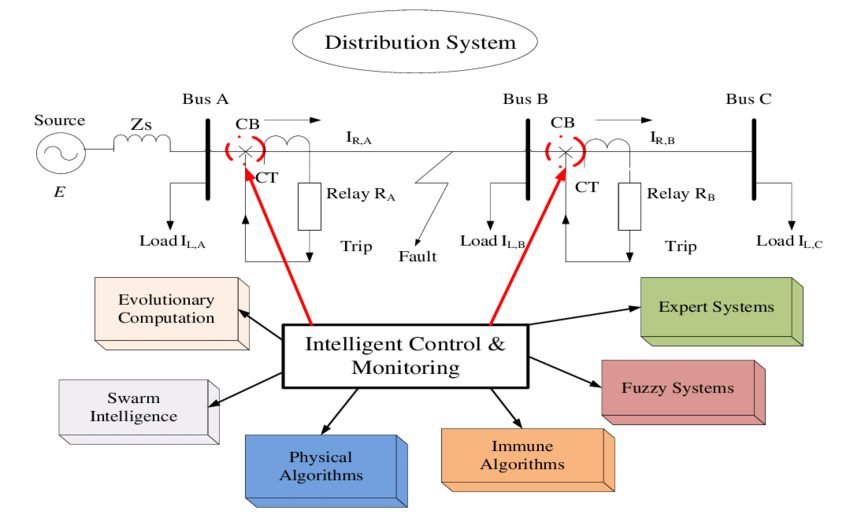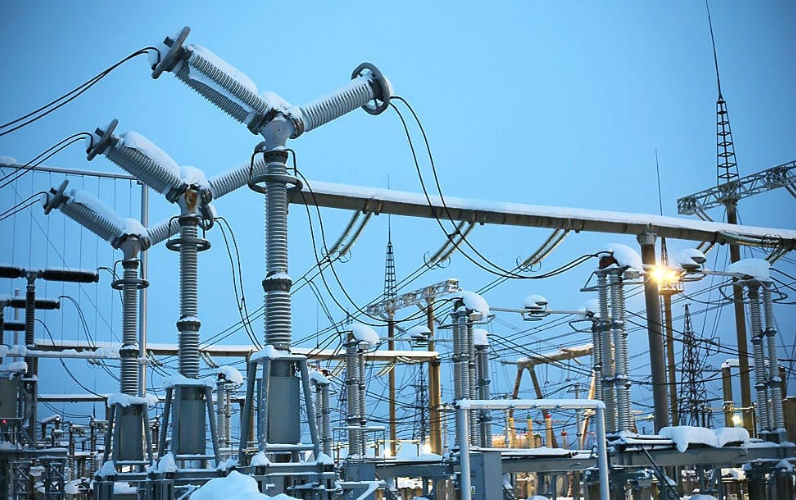Do you know what is a recloser control? A recloser control is an intelligent device that monitors and manages reclosers. The recloser controller detects and isolates overhead power line faults by continuously monitoring the current flowing through the recloser. The controller will then trigger the recloser to interrupt the current flow.

Recloser control cabinet components
1. Flameproof stainless steel cabinet (FTU cabinet made of non-magnetic stainless steel (compulsory)
Function: Protect the internal components of the recloser controller from the external environment, such as dust, moisture, corrosive gases, etc.
Material: Usually 304 or 316 stainless steel is used, which has good corrosion resistance and shock resistance.
Explosion-proof grade: Depending on the installation environment, the recloser controller cabinet should meet the requirements of the corresponding explosion-proof grade.

2. Recloser protection relay (FTU protection relay (compulsory)
Function: Detect distribution line faults and provide fault information to the recloser controller, while isolating the faulty line to prevent the fault from expanding.
Type: Commonly used recloser protection relays include distance relays, differential relays, zero-sequence current relays, etc.
3. Built-in components (compulsory and optional)
Microprocessor: As the core component of the recloser controller, it is responsible for executing the reclosing control logic, processing fault information, communicating with external devices, etc.
Memory: used to store reclosing control parameters, fault records and other data.
Input/output interface: used to communicate with external devices, such as circuit breakers, protection relays, communication devices, etc.
Power module: provides power for the internal components of the recloser controller.
Other optional components: The recloser controller can also be configured with other optional components as needed, such as LCD display, keyboard, communication interface, etc.
4. External accessories (optional)
Communication device: used to communicate with the upper monitoring system or other control devices to achieve remote control and data transmission.
Timer: used to control the reclosing time interval.
Fault indicator: used to indicate the fault status.
Recloser controller functions
1. Fault detection and diagnosis
The recloser controller can detect various fault types of distribution lines, such as short circuit, overload, grounding, single-phase grounding, phase-to-phase fault, etc.
For different fault types, the recloser controller can provide detailed fault information, such as fault occurrence time, fault point location, fault current, fault voltage, etc., to provide a basis for fault analysis and troubleshooting.
2. Automatic reclosing
The recloser controller can automatically control the circuit breaker to reclose according to the pre-set reclosing strategy and quickly restore power supply.
The reclosing strategy usually includes the following parameters: number of reclosing times, reclosing interval time, dead time, etc.
The recloser control can select the appropriate reclosing strategy according to different fault types and line conditions to improve the reclosing success rate and reduce the impact on the equipment.
3. Communication function
The recloser controller can communicate with the upper monitoring system or other control devices through the communication interface to achieve remote monitoring and control.
The recloser controller can send fault information, reclosing status and other data through the communication interface for analysis and processing by the upper monitoring system or other control devices.
The recloser controller can receive commands from the upper monitoring system or other control devices through the communication interface to perform operations such as reclosing control and parameter setting.
4. Power quality monitoring
The recloser controller can monitor power quality parameters such as voltage, current, and power factor.
The recloser controller can record power quality data to provide a basis for power grid operation analysis and troubleshooting.
The recloser controller can send out power quality alarm signals to remind staff to take measures.
Application of recloser controller

Overhead distribution system: Overhead distribution lines are easily affected by lightning strikes, wind-blown tree breaks, birds and animals touching, etc., leading to faults. The recloser controller can quickly restore the power supply of the faulty line, reducing power outage time and losses.

Underground distribution system: Although underground distribution lines are not easily affected by external factors, once a fault occurs, it is difficult to repair. The recloser controller can quickly restore the power supply of the faulty line and shorten the repair time.
Industrial distribution system: Industrial production has high requirements for the reliability of power supply. The recloser controller can quickly restore the power supply of the faulty line to ensure the continuity and stability of industrial production.
Commercial power distribution system: Commercial places have high requirements for the quality of power supply. The recloser controller can quickly restore the power supply of the faulty line to reduce the impact on commercial activities.






